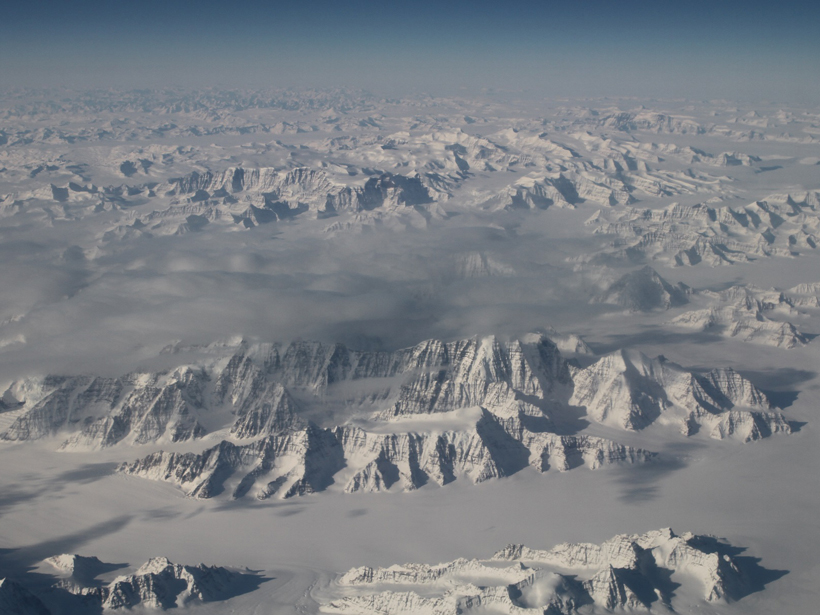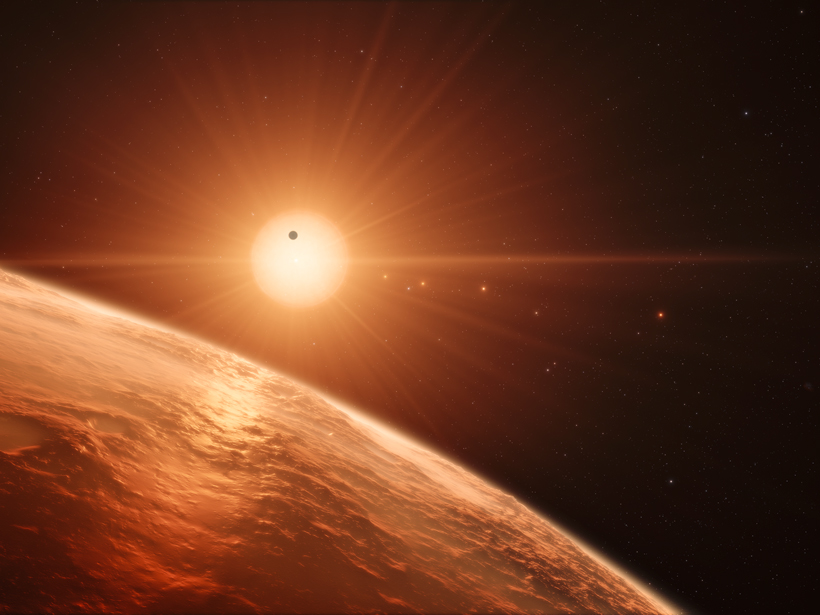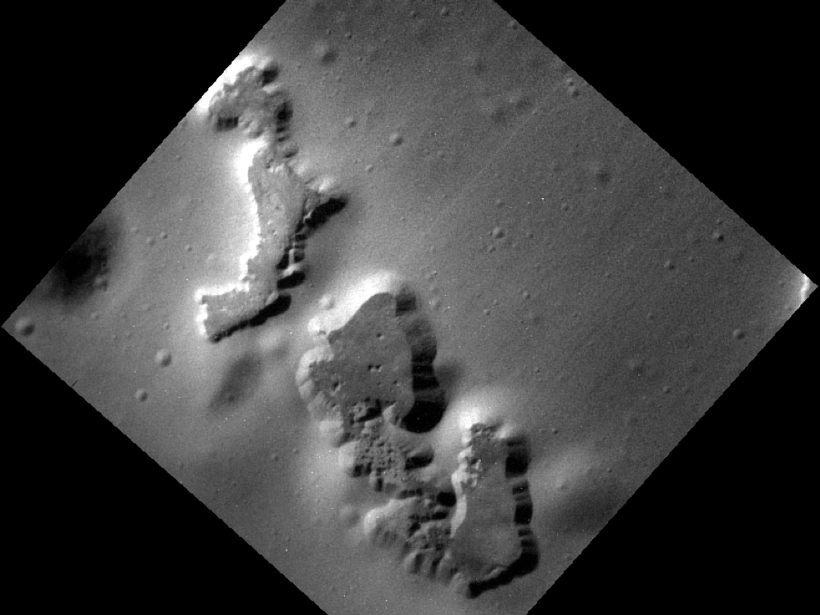The Kepler Space Telescope will soon run out of fuel and end its mission. Here are nine fundamental discoveries about planets aided by Kepler in the 9 years since its launch.
planetary evolution
New Lander en Route to Probe the Red Planet’s Interior
The Mars InSight mission aims to answer key planetary science questions about seismicity, meteorite impacts, and the formation of rocky planets.
Exoplanet-Hunting Telescope Launches
Scanning for traces of faraway worlds, TESS will make observations over an area hundreds of times larger than that observed by its predecessor, the Kepler Space Telescope.
Signs of Water in a Moon Rock
NASA Solar System Exploration Research Virtual Institute (SSERVI) Lunar Volatiles Workshop; Laurel, Maryland, 15–17 November 2016
Meet KELT-9b, the Hottest Exoplanet Ever Discovered
The exoplanet’s host star blasts it with so much radiation that it will someday evaporate.
A Volcanic Trigger for Earth’s First Mass Extinction?
Abnormally high levels of mercury in Ordovician rocks may imply that a huge surge of volcanism took place at a time when much of the planet’s ocean life vanished.
Starlike Brown Dwarf? Not Anymore
Because of a new, surprisingly smaller mass estimate for a much-studied, nearby brown dwarf, astronomers now regard the familiar object as merely planetlike.
A New Theory May Explain “Impossible” TRAPPIST-1 Planets
The proposed formation scenario relies on unconventional processes to account for a bevy of seven Earth-sized exoplanets recently found orbiting an unlikely star.
Seven Earth-Sized Planets Seen Whizzing Around One Cool Star
Although all the exoplanets orbit closer than Mercury does to our Sun, liquid water may persist on some of them because their star radiates so little heat.
Unprecedented Views of Mercury Constrain Hollow Formation
The consistently shallow depths of the depressions scattered across Mercury's surface suggest their morphology is not determined by the thickness of a volatile-rich outer layer.










